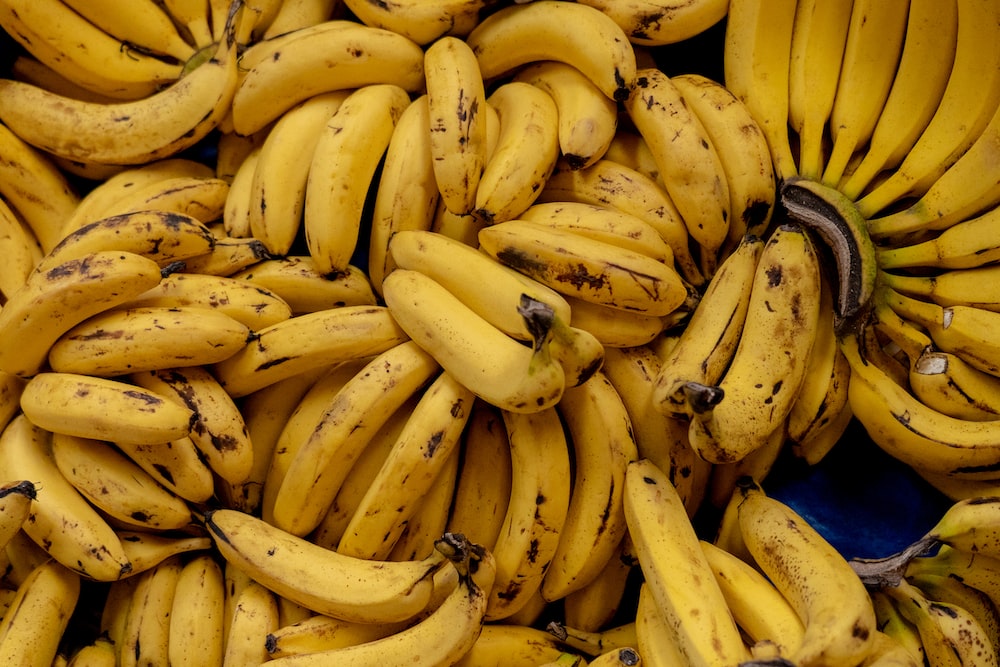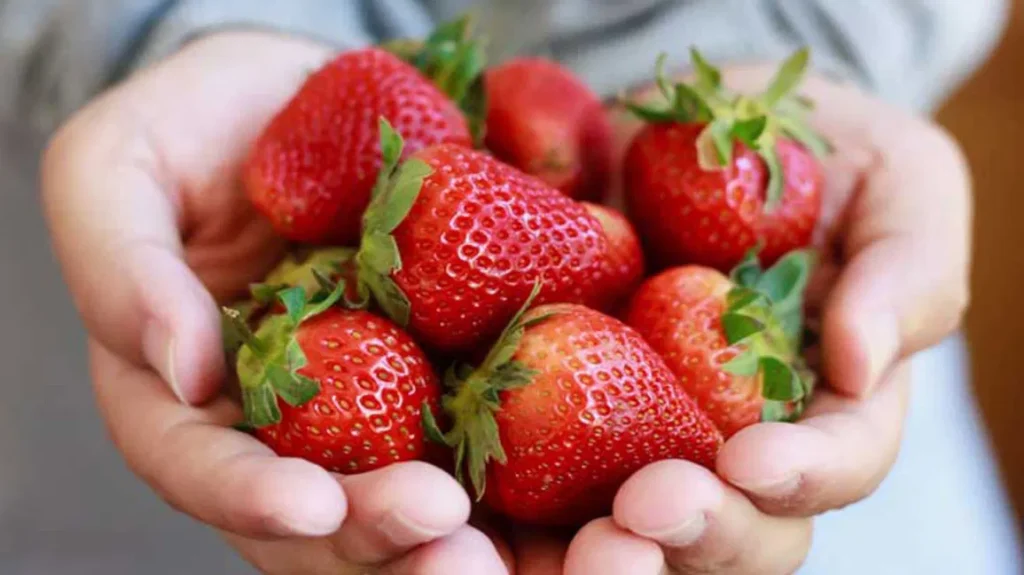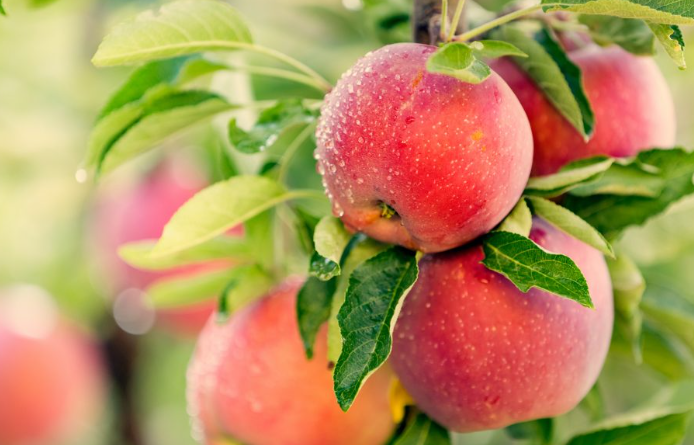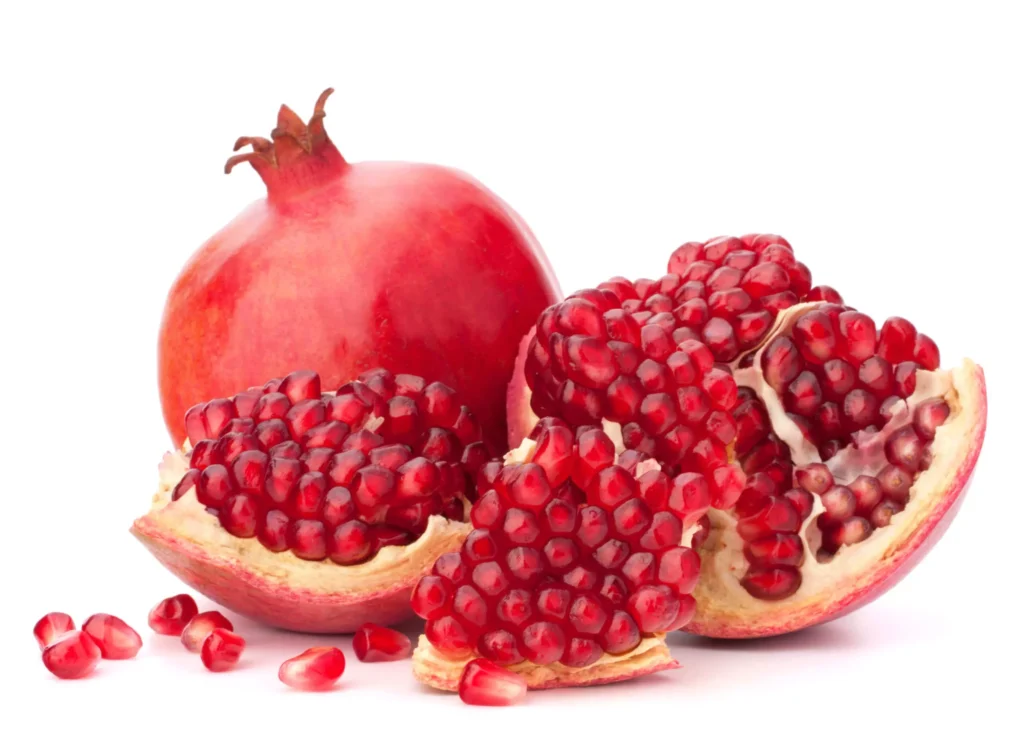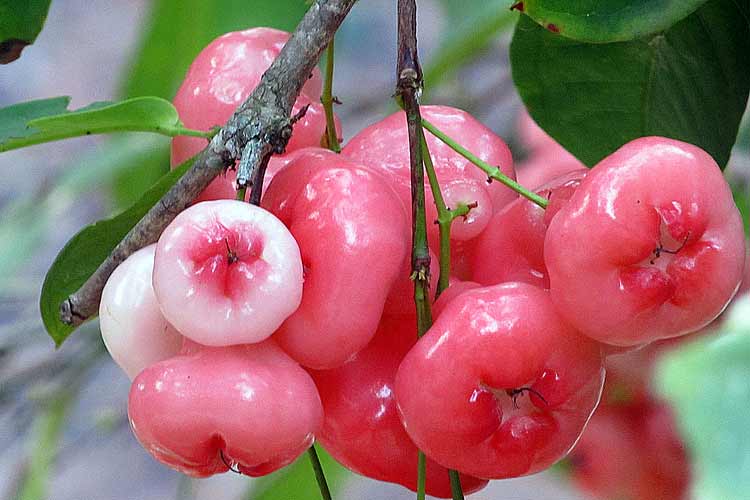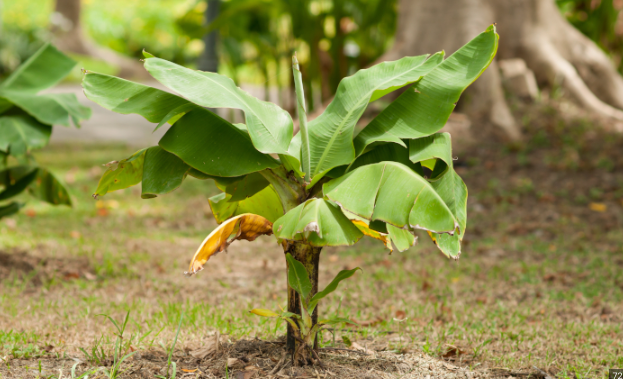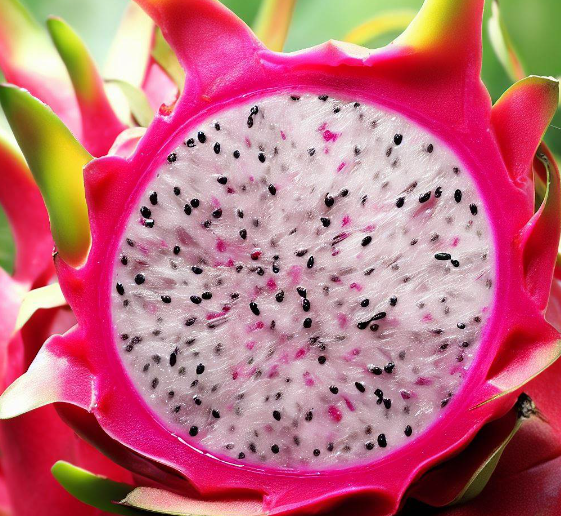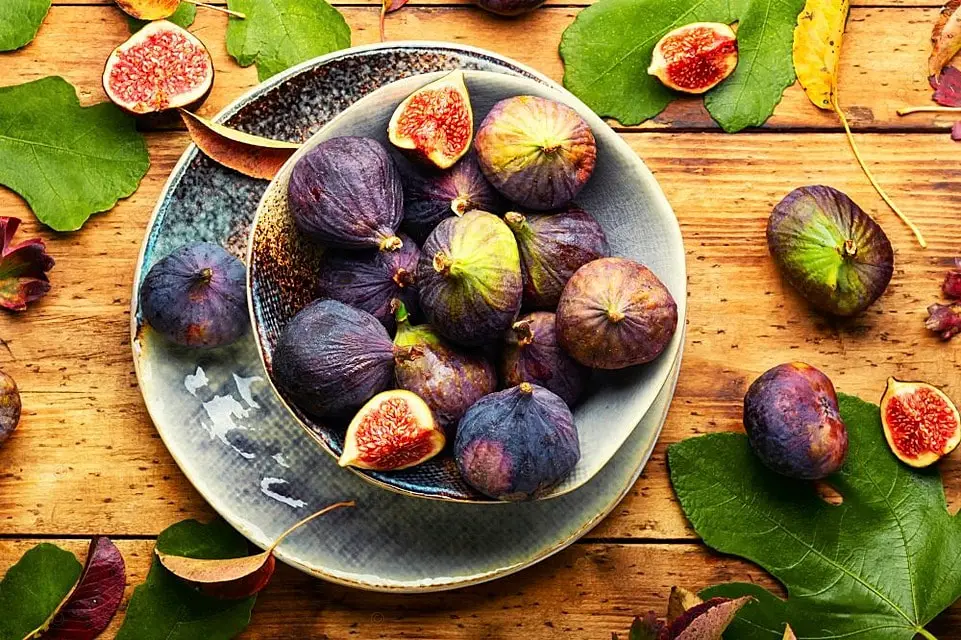Nothing beats biting into a sweet and juicy cantaloupe on a hot summer day. Getting it just right, with its soft orange flesh and a taste that’s like sweet honey, makes all the difference. But figuring out which cantaloupe to bring home can be a bit of a challenge. You need to know what to look for to find one that’s ready to enjoy.
Here are some expert tips to help you choose the best cantaloupe:
Table of Contents
1. Look For The Right Color
Start by eyeing the color of the cantaloupe. You want to see a golden, creamy color, or maybe a beige one. This color shows up on the part of the cantaloupe that sat on the soil as it grew and ripened – it’s known as the ground spot. When cantaloupes are ripe, the green color fades to that cream or yellow shade. If you see a cantaloupe that’s mainly green or lacks a ground spot, it’s probably not ripe.
2. Look At The Spot Where The Stem Was
The next thing to check is where the stem used to be. A ripe cantaloupe will have a shrunken area around this part. As cantaloupes get ripe, the stem dries out and pulls away, causing this shriveling. If that area is still looking fresh and plump, the cantaloupe might need more time. But if it’s wrinkly, that’s a sign it’s ready to eat.
3. Check How Heavy It Is
Give the cantaloupe a little lift. It ought to feel hefty for its size. A ripe cantaloupe feels heavy because it’s full of water, which makes it nice and juicy. If it’s lightweight, it might not be ripe. Even if it looks good, if it doesn’t have that heaviness, it’s not ready.
4. Look For The Rind Texture
Take a look at the outer skin of the cantaloupe. A ripe one will have a pattern that looks like a net spread across it. This pattern gets clearer and more intricate as it ripens. Choose cantaloupes with a strong net-like pattern over those with smooth skin, which usually means it isn’t ripe yet.
5. Press It Gently
Gently push on the bottom of the cantaloupe – the end opposite the stem. A ripe cantaloupe will have a little give to it. If your push leaves a slight indentation, then the inside is most likely soft and ripe. If it feels too hard and there’s no give, then it’s not ripe.
6. Listen To The Sound It Makes
Try knocking on the cantaloupe and listen. A hollow sound is what you’re after. When a cantaloupe is ripe, the inside space gets bigger, and when you tap it, you should hear a deep hollow echo. If it sounds thick and solid, it probably needs more time to ripen.
7. Trust Your Nose
Pick up the cantaloupe and take a sniff at the bottom end. When a cantaloupe is perfectly ripe, it will smell sweet and fragrant. The aroma becomes stronger as the sugar inside builds up while it ripes. If you can’t smell anything, it typically means the cantaloupe isn’t ripe because it hasn’t developed those sugars yet. So using your nose can guide you to a ripe one.
8. Avoid Any Cantaloupes With Defects
Closely look at the cantaloupe for any cracks, soft spots, bruises, or other marks. These flaws can make the cantaloupe go bad faster and may make it taste not as good. Even if the melon appears ripe, it’s best to avoid these as they can lead to mold or spoilage. Choose cantaloupes with smooth, undamaged rinds.
9. Think About When They Were Probably Picked
Lastly, consider the timing of when the cantaloupes were likely harvested. They are usually at their peak ripeness in July and August, so those picked during these months might ripen faster than those harvested at other times. Keeping the season in mind can help you guess how ripe the cantaloupe will be.
With these strategies, picking a ripe, juicy cantaloupe will become second nature. Follow these steps, and you’ll master the art of choosing the best melons for maximum sweetness and enjoyment. Practice makes perfect, and soon you’ll have the knack for finding cantaloupes that are just right.
